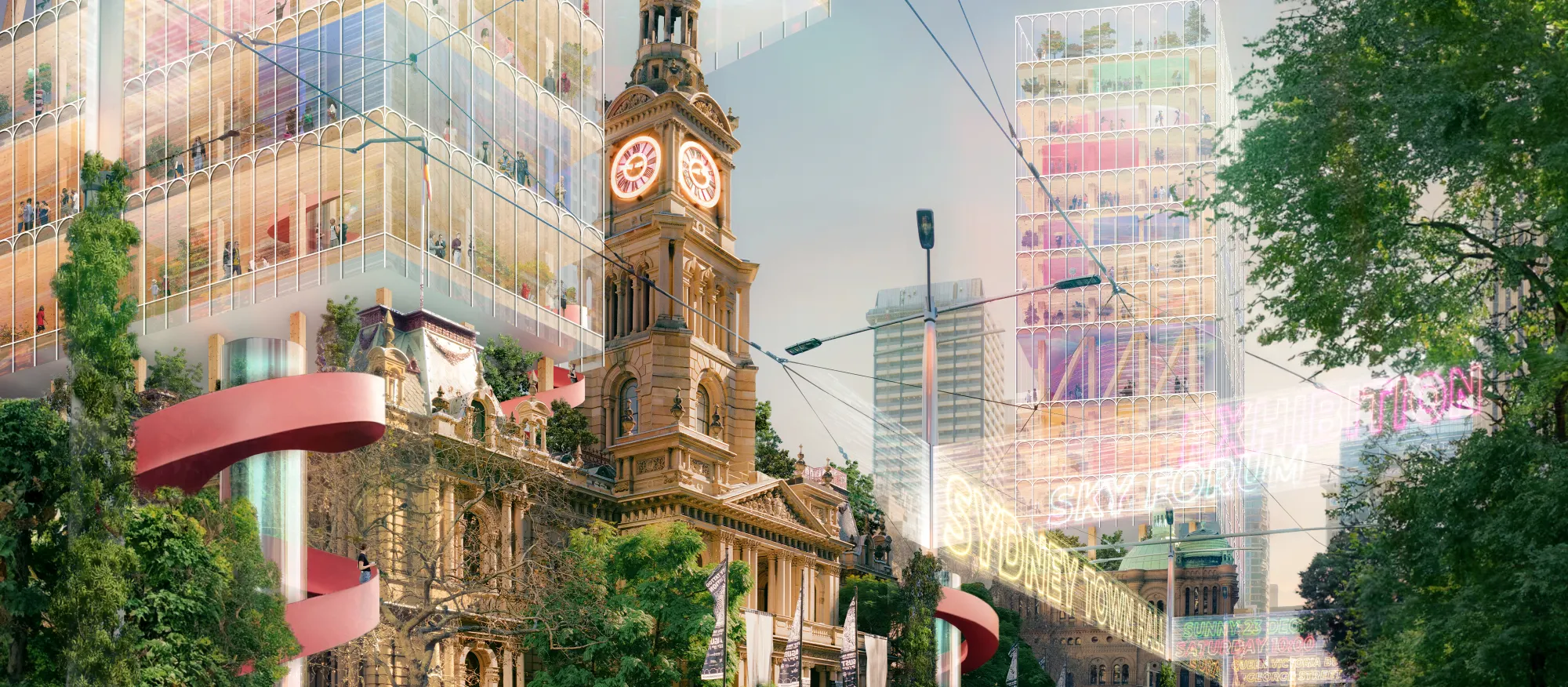
Architectural visualization is being transformed as artificial intelligence opens up new possibilities for historic preservation. Runway ML, a cutting-edge artificial intelligence application for creative work, enables architects and designers to reimagine historic buildings, envisioning alternative restoration possibilities and reinterpretations in a contemporary style while respecting the original buildings.
Picture strolling through Istanbul's smallest roads, only to uncover a decaying, centuries-old Ottoman mansion that, despite its crumbling walls and partially inoperative roof, retains quality character and beauty. To restore such a building, extensive craftsmanship and research were necessary. Today, this process has shifted dramatically as artificial intelligence has taken over.
Using a new AI application for creative work called Runway ML, architects and designers are now digitally reimagining historic buildings by imagining alternative restoration for historic buildings or reinterpretations for historic buildings. This application preserves the nature of the original building while restoring alternatives or imagining historic buildings for contemporary use.
Runway ML is an open-source platform utilizing machine learning to bring it easily within the reach of creatives and artists. One of their services is to (re-)train your own models and designs.
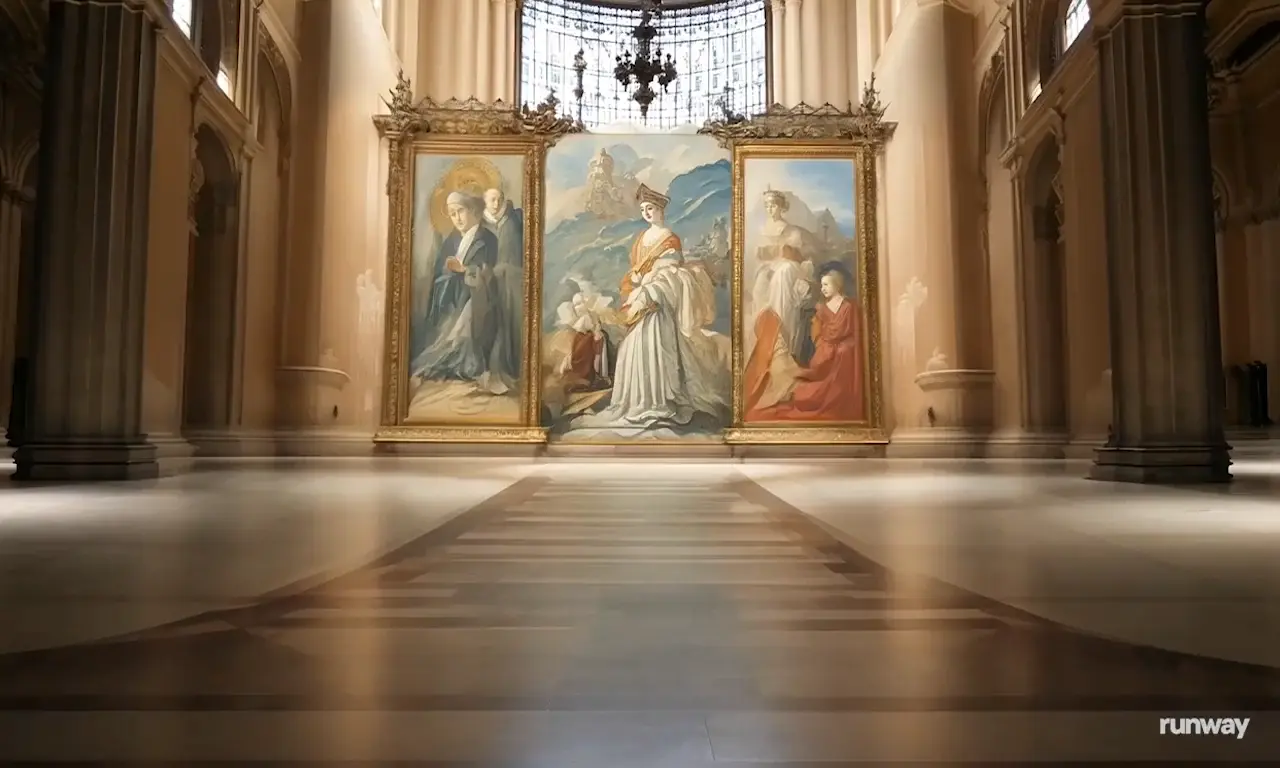
Historic preservation has traditionally used sketches, scale models, and actual drawings. Computer experimentation on restoration techniques with Runway ML enables designers to design a number of visualizations in a few minutes. This enables them to experiment with different architectural layouts, material designs, and interior configurations without compromising the site's history.
For example, a 17th-century Ottoman mansion can be digitally recreated by designers to demonstrate how subtle modern interventions, such as glass inserts, reimagined interior illumination, or adaptive reuse schemes, can seamlessly blend into existing heritage elements. Designers feed Runway ML images, blueprints, and scanned textures to create realistic and immersive visual outputs to guide decision-making.
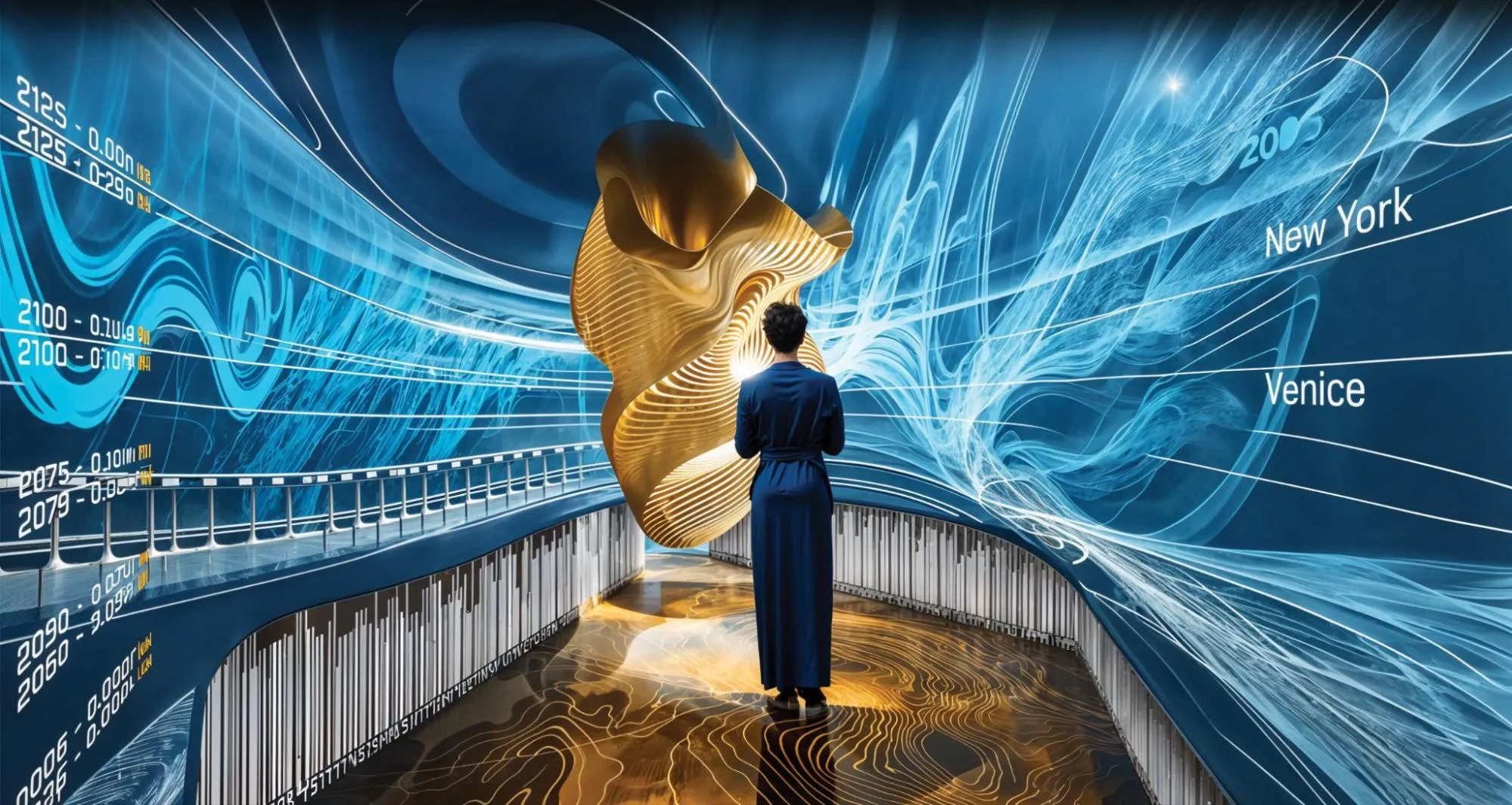
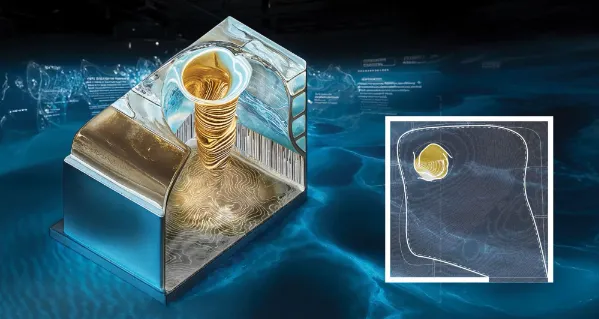
Runway ML is a prototyping tool that generates speculative renderings of restoration projects, allowing architects and designers to experiment with ideas in ways not easily possible with conventional techniques. For instance, in minutes, it's possible to reimagine a Baroque palace with a contemporary glass annex, or to reimagine an abandoned train station as a contemporary co-working facility. These speculative drawings are not only aesthetic explorations but also functional explorations of how historic space can be reimagined to serve the requirements of the present.
The significance of this capability is the speed and agility it adds to the design process. Instead of spending weeks on elaborate physical models or rendering elaborate 3D or holographic visualizations of designs, designers can explore many options virtually in a few hours. This process allows for more thorough investigation of material palettes, structural interventions, and spatial reorganizations. This iterative process, in particular, can help to achieve a fragile balance between historic integrity and some architectural solution.
Additionally, this type of visualization can offer “what if” questions for stakeholders to think about, which allows preservationists, planners, and the public to understand more easily how certain subtle and extreme changes could affect a site's character. In this way, AI is also expanding the horizon of possibilities and making restoration into a conversation among the past, present, and future.
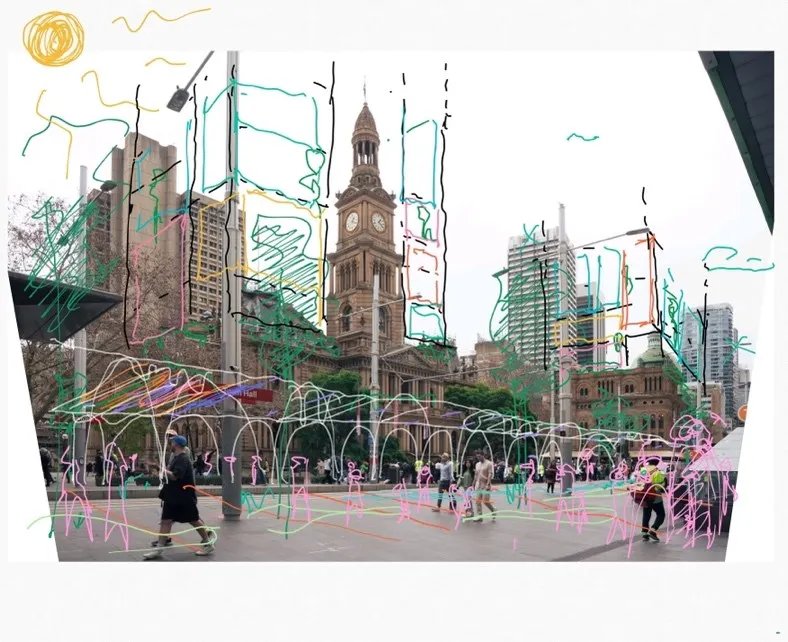
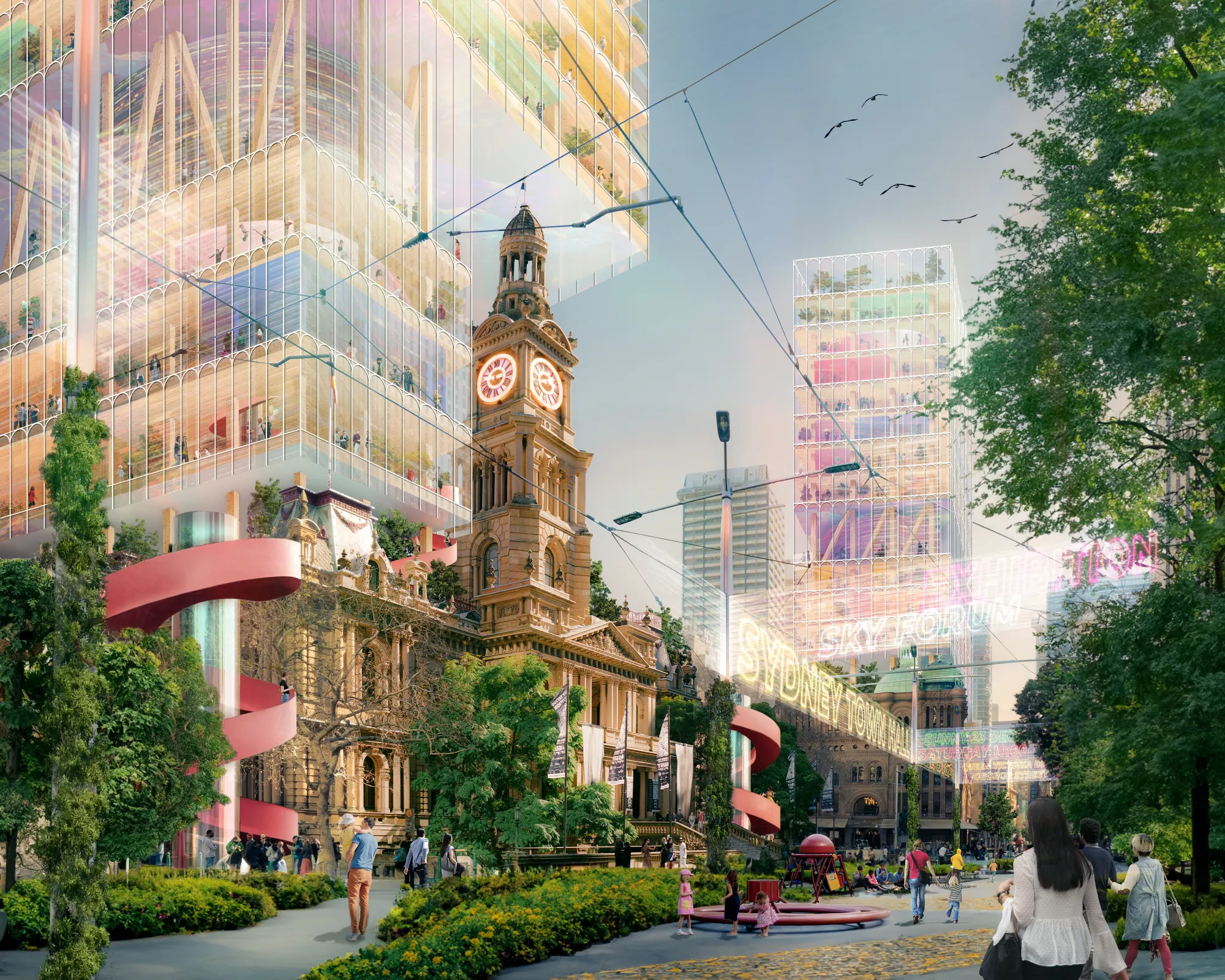
Restoration is also a cultural and social project. Buildings are filled with shared memories; therefore, the reinterpretation of these memories into a new building form must also be legible to stakeholders. Runway ML assists with this through a particularly accessible visual story. Images and animations using AI imagery can depict potential futures for a site very effectively, leading to a more digestible proposal for nonspecialist stakeholders (policymakers, heritage committees, local residents, etc.). To that end, the technology supports participatory design processes for restoration.
Although its application to the conservation of historic places remains experimental, many architectural and design projects already demonstrate the significant potential of the tool. At the University of Pennsylvania, for instance, architecture instructors have integrated Runway ML into coursework where students begin with basic 3D representations of cultural locations and gradually develop them into sophisticated visual narratives through style transfers, reconstruction, and AI-powered generative editing.
This exercise not only allows students to experiment with hypothetical interventions at scale but also provides them with insight into how to balance the protection of historical integrity with the exploration of new modes of architectural expression. The iterative visualization process facilitated by AI provides real-time feedback for students to develop technical skills and receive design critique.

Individual collectives and design communities outside of education are experimenting with the technology as well. The AIxDESIGN community, for example, have created a sequence of "imaginary landscapes" using Runway ML in combination with other generative technologies. These are not real reproductions of sites provided. Instead, they are intellectual experiments that stretch arguments regarding preservation, memory, and imagination. They show how AI might spark even wider debates, ignite people's imagination, and encourage communities to question traditional assumptions about how heritage is to be remade for the future.
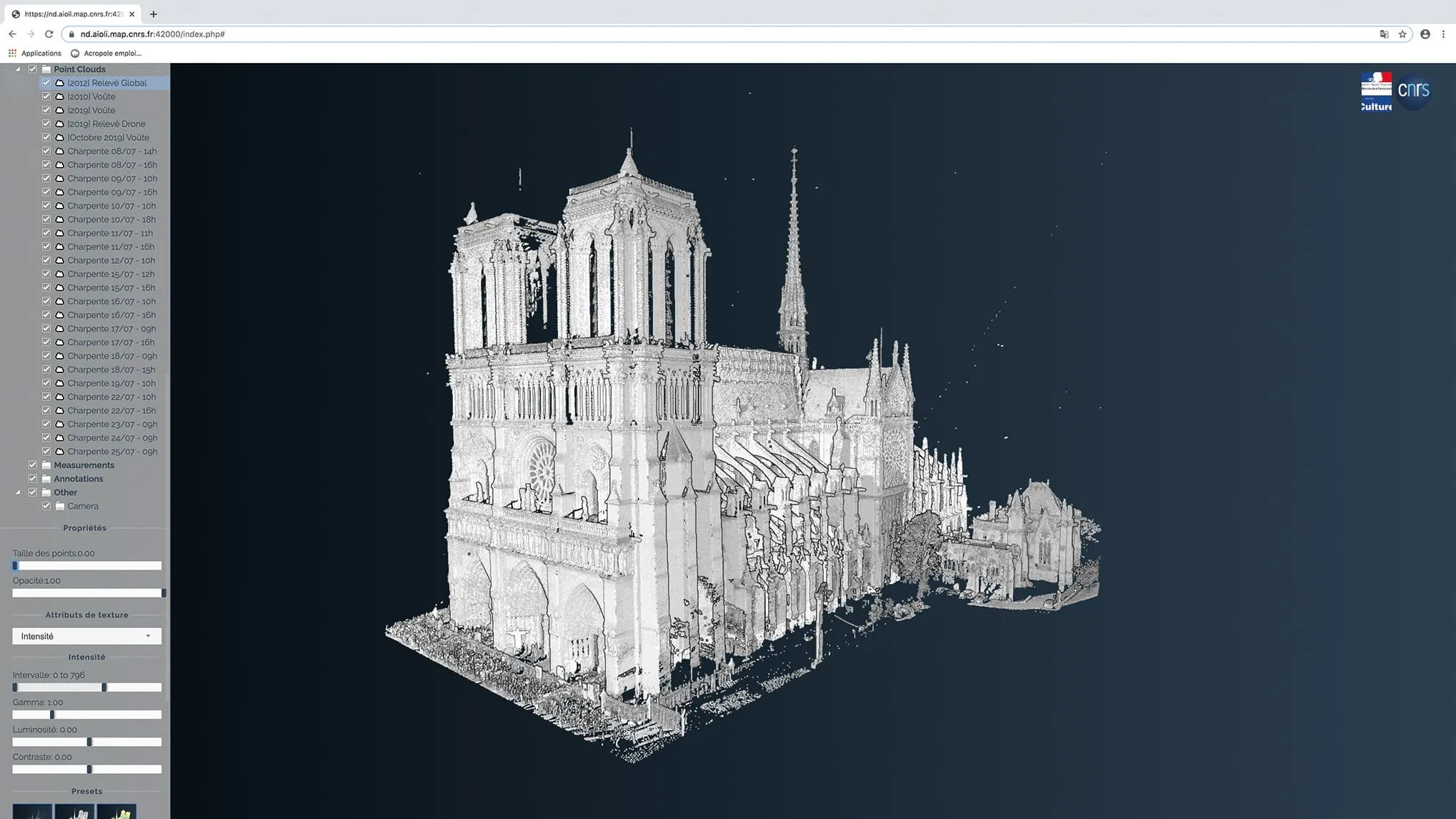
All of these projects imply that AI-assisted visualization can be more than just a technical device for the architect, but also a pedagogical and cultural vehicle. It enables quick experimentation, yields new insights into past identities, and fosters a compelling visual narrative. Thus, Runway ML could potentially support pedagogy in design as well as public conversation. The current applications are largely experimental, but the future holds that AI can be integrated into everyday preservation practices to help us model how we document, re-read, and engage with cultural heritage within a digital transformation paradigm.
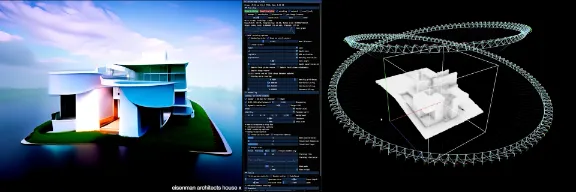
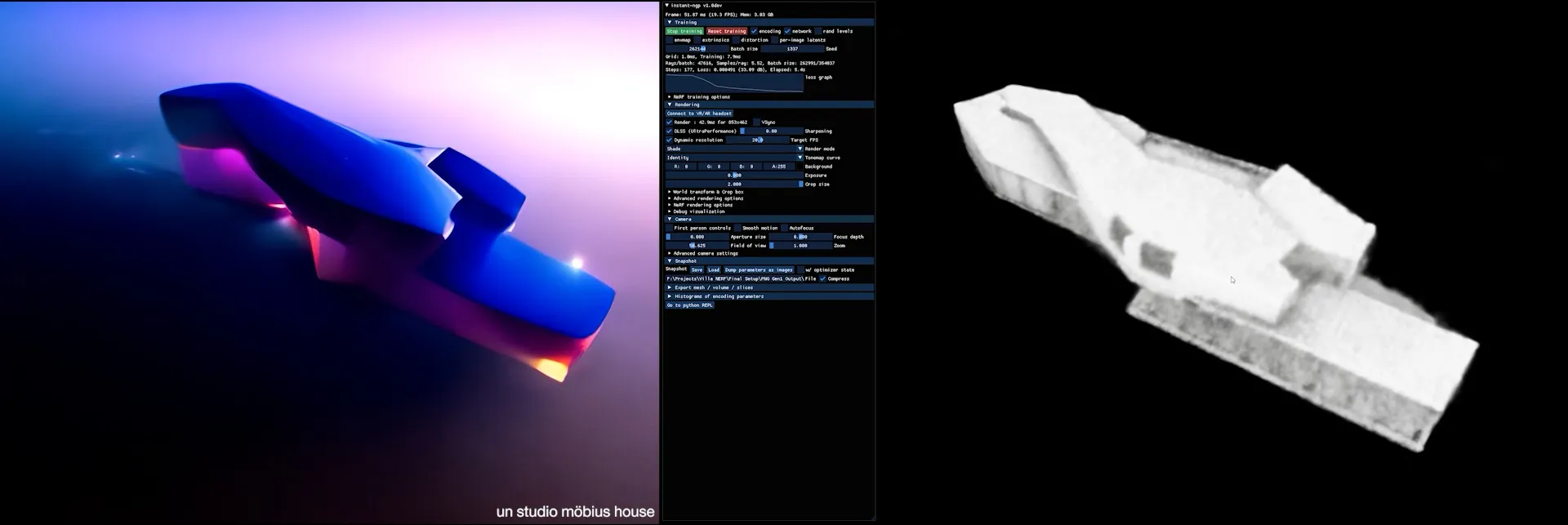
As the technology behind AI applications, like Runway ML, continues to improve, there is no question that its effectiveness is revolutionary in conjunction with other technologies, such as BIM, photogrammetry, or augmented reality. Just imagine what it would be like to walk through a building from hundreds of years ago, in a virtual environment no less, where you can not only see the way it exists today, but you can also see how it might exist in the future.
Coupled with AI visualization with the thoughtful actions of digital documentation, we can create living databases of cultural patrimony. Not to mention open the door for designers to experiment with ideas such as adaptive reuse, green retrofits, or climate-resilient design without having to physically change a space first. In short, AI is blurring our boundaries and creating a new discipline where notions of innovation and history overlap, and is changing our understanding of what it might mean to remember the future.
Previously difficult or impossible to imagine adaptive reuse scenarios, architects and designers can now experiment with different combinations of new, creative interventions. They can experiment with various configurations, materials, and design strategies that complement a site's historic character and contemporary functional needs by using AI-enabled software like Runway ML. This makes it possible to reevaluate heritage on a bigger scale than preservation as a static practice, allowing historic sites to actively participate in modern life.
Technologies that innovate alongside tradition work to uphold cultural memory and demonstrate how heritage continues to play a part in the construction of our past, present, and future. AI-supported visualization illustrates that our ancient built forms are not simply stories to preserve, they are designs in which new meanings, new experiences, and new social relations will occur. By doing so, these technologies illuminate the fact that heritage offers an imperceptible labour, an urge that will shape the way we understand the world tomorrow by upholding the beautiful and overwhelming connections of the past with today and tomorrow.
You must be logged in to comment.